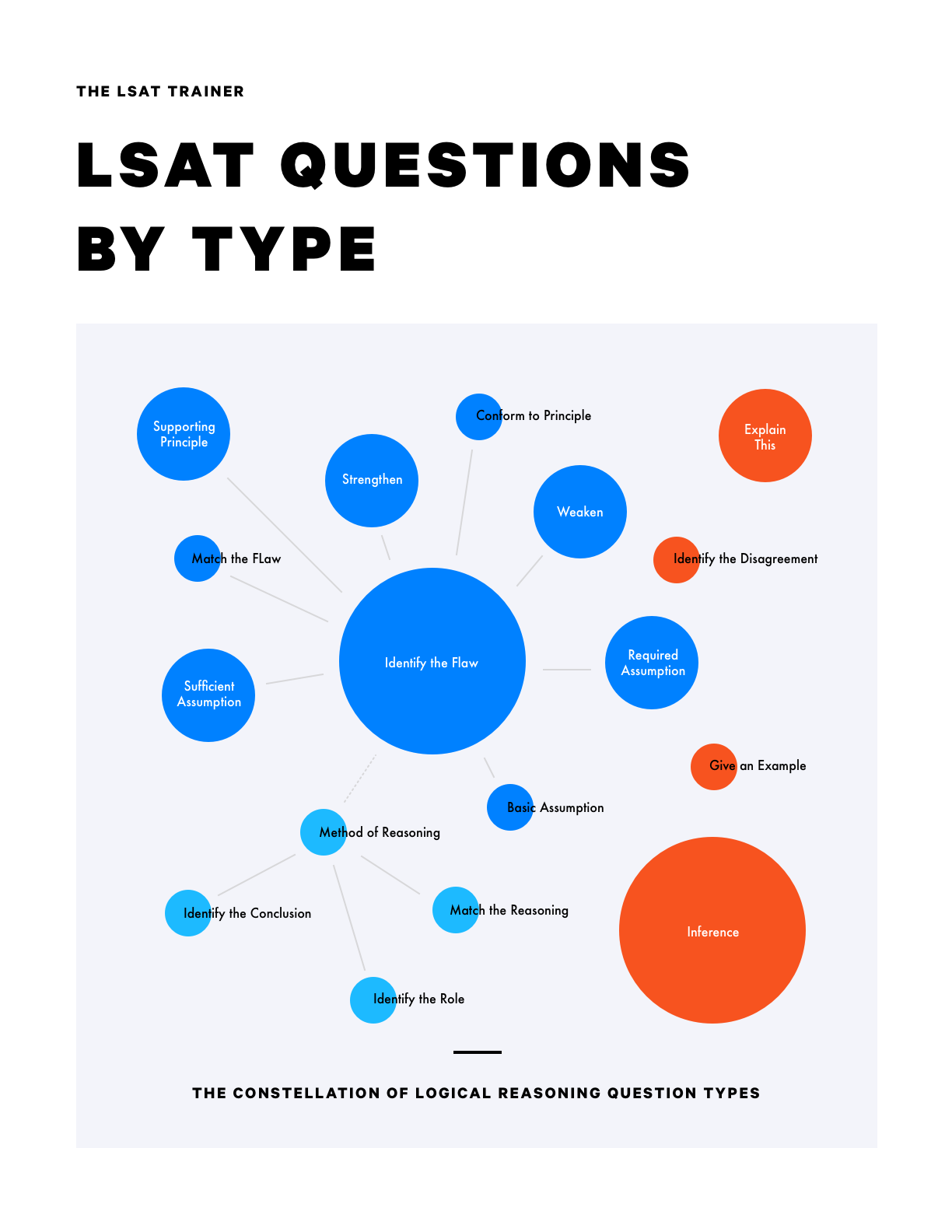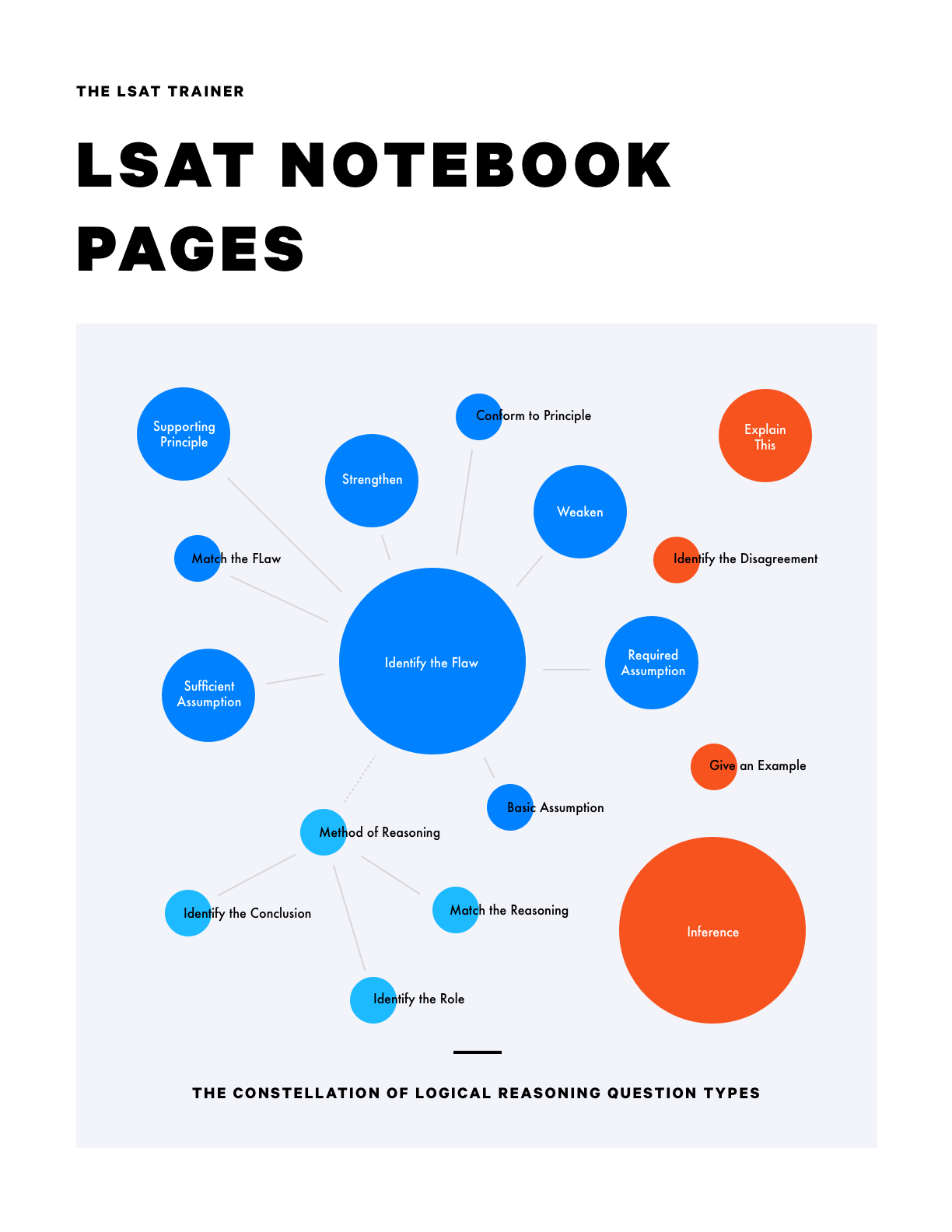Game 1
Step 1
Per the given scenario, we can write out the six elements to be placed - F, G, H, L, M, and S.
Step 2
Per the given scenario, and the fourth rule, we can lay out the six positions to be filled, two spots for the first year, and one spot each for the other four years.
Step 3
Per the first rule, we can notate that G must come before L, and L must come before F.
Step 4
Per the second rule, we can notate that H must be in 4 or 5.
Step 5
Per the third rule, we can notate that M cannot be assigned to 4 or 5.
Step 6
We can notate that S is not directly restricted by any of the given rules.
Game 2
Step 1
Per the given scenario, we can write out the seven elements to be placed - F, L, M, R, S, T, and V, and we can create a T diagram for those who volunteer (in) vs those who don’t (out).
Step 2
Per the first rule, we can notate that if R is in, M must be as well, as well as the contrapositive.
Step 3
Per the second rule, we can notate that if M is in, T must be as well, along with the contrapositive. We can connect this to our notation for the first rule.
Step 4
Per the fourth rule, we can notate that if R is not in, L must be, as well as the contrapositive. We can connect this to our existing notation.
Step 5
Per the fifth rule, we can notate that if T is in, neither F nor V can be, as well as the contrapositive. We can connect this to our existing notation.
Step 6
Per the third rule, we can notate that if S is not in, V must be, as well as the contrapositive. We can connect this to our existing notation.
Game 3
Step 1
Per the given scenario and the first and second rules, we can write out the five elements to be placed - P, Q, R, S, and T - notate whether they are flyhigh (subset f) or getaway (subset g), and lay out five positions to be filled, in order. We can also anticipate that we will also be given subset information about domestic (d) and international (i) flights.
Step 2
Per the third rule, we can notate that P is in subset i.
Step 3
Per the fourth rule, we can notate that both Q and R are in subset d.
Step 4
Per the fifth rule, we can notate that all i’s must come before all d’s. We can infer from this that (since we know, per the third rule, that we must have at least one i) the first element must be an i , and that (since we know, per the fourth rule, that we have at least two d’s) at least the last two positions will be d’s.
Step 5
Per the sixth rule, we can notate that any element in subsets g and d must come before the one Flyhigh domestic flight, fQd.
Step 6
Per the third, fourth, fifth, and sixth rules, we can infer that fPi must come before gRd, which must come before fQd.
Step 7
We can infer that fQd must be the last flight, per the third, fifth and sixth rules, and per the fact that all other flights are either international (P) or Gateway (R, S, T).
Game 4
Step 1
Per the given scenario,we can write out the seven elements to be placed - H, L, M, P, S, T, and W, and we can create a T diagram for those courses that are taken (in) vs those that are not (out), and indicate that at least three courses must be taken.
Step 2
Per the first rule, we can notate that if H is in, both S and M must be out, as well as the contrapositive.
Step 3
Per the second rule, we can notate that if M is in, both P and T must be out, as well as the contrapositive. We can connect this to our existing notation.
Step 4
Per the third rule, we can notate that if W is in, P is out, and if W is in, S is out, as well as the contrapositives. We can connect this to our existing notation.



